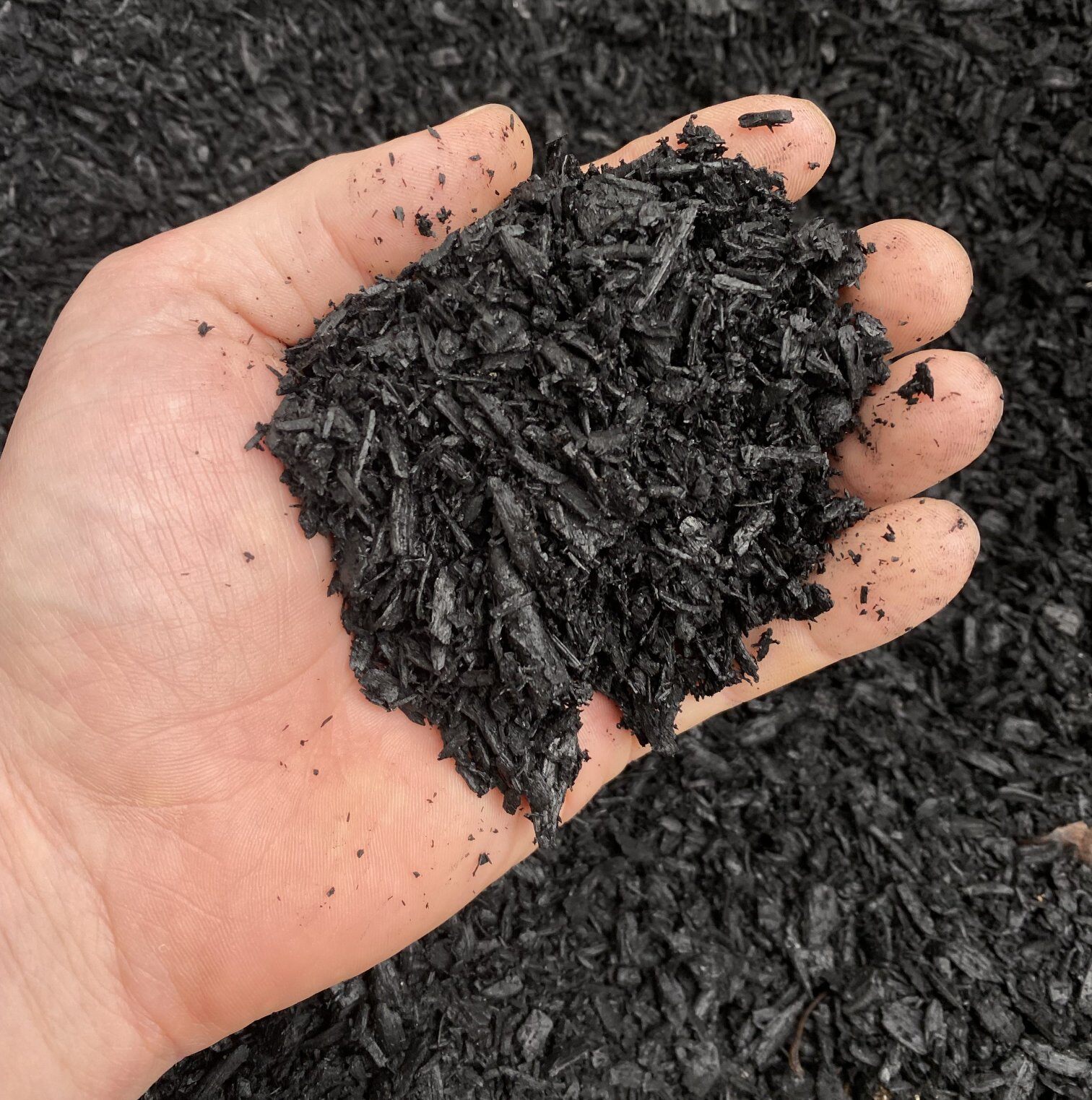
Stable organic matter is a key component of soil structure and fertility. One major source of stable organic matter is charcoal residue resulting from the partial combustion of biomass. Charcoal does not rapidly decompose in soils like composts, manures, and mulches do. Frequent burning of grasslands in the past created large amounts of charcoal every year which accumulated in soils along with other decomposing materials from surface litter and root turnover. These processes helped generate the most fertile soils in the world.
Many agricultural soils today have been, and continue to be, degraded due to erosion, tillage, and progressive loss of organic matter. Restoring organic matter through soil conservation practices and direct amendments with organic materials are important strategies to reverse this long-term trend. When charcoal is added to soils to improve its properties, we call it biochar. Biochar production from crop and timber residues, manures, and urban green wastes, including wood chips, provides a ready supply for application to agricultural soils to increase stable organic matter.
Biochar, especially when made from woody biomass, improves soil structure for aeration, provides water holding capacity without impeding drainage, has a large nutrient exchange capacity, and creates good habitat for microbial activity. This often results in savings because of a need for less fertilizer, water, and even pesticide to achieve an equal or higher yield. Its high stability also makes it a good method of long-term carbon sequestration eligible for carbon crediting.
Biochar often performs best when applied with a form of compost which will act as a complementary source of available nutrients for crops and soil microorganisms. Both of these organic amendments are eligible for NRCS 336 Soil Carbon Amendment cost share programs, in addition to carbon crediting. Applications should be based on soil test results showing deficits in soil structure and organic matter and likely benefits from applications. Agricultural fields using no-till techniques with lots of stubble and surface residue can have blends of biochar with compost topdressed and left to work their way into the soil naturally. Fields which will undergo tillage with equipment such as a disc, plow, tiller, or even a deep ripping shank can likewise have biochar and compost topdressed ahead of tillage. The deeper the tillage, the higher the application rate of organics would typically be.
Key safety practices for applying biochar are to keep it moist to prevent it from producing dust or catching on fire and to be mindful of underground utilities when conducting tillage operations. Blending biochar with compost often provides a product which is moist enough to prevent both dust and combustion. But when handling pure biochar, always keep it wet enough that it does not produce suspended dust. Before conducting tillage operations, contact 811 to have utilities in the dig area marked and adjust plans accordingly to provide a safe margin of error to help avoid incidents. Safe biochar applications will help restore the structure and fertility of soils for higher yields while opening new avenues of farm income in the form of soil carbon amendment cost shares and carbon credits.
